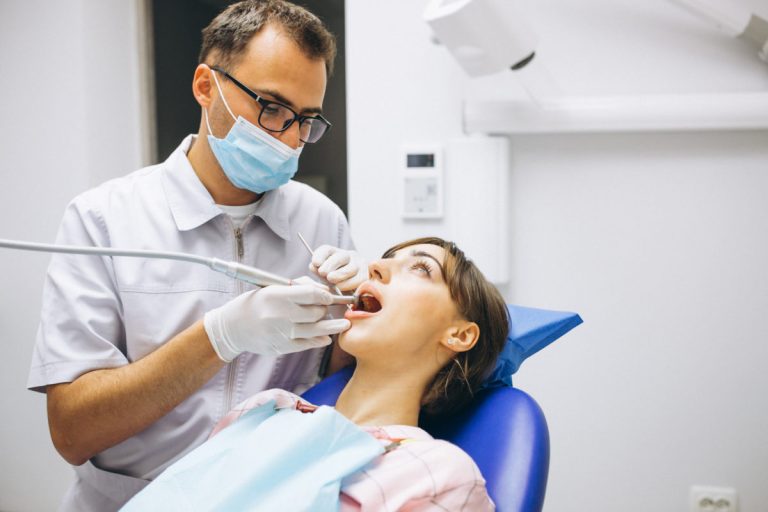Introduction
Modern dentistry has evolved significantly, offering innovative solutions for those seeking to enhance their smiles. Among these advancements, dental veneers stand out as a remarkable example of minimally invasive dental treatment. For residents considering veneers Balwyn practitioners have observed a growing interest in this transformative procedure.
The Evolution of Dental Veneers
Dental veneers have come a long way since their inception in the 1930s. According to recent developments in minimally invasive veneer techniques, modern approaches prioritise preserving natural tooth structure whilst delivering aesthetic improvements. These thin, custom-made shells are crafted to cover the front surface of teeth, addressing various cosmetic concerns.
Types of Dental Veneers
Contemporary dental practices offer several varieties of veneers, each with distinct characteristics:
- Porcelain veneers
- Composite resin veneers
- Non-prep or minimal-prep veneers
The Science Behind Modern Veneers
When considering veneers Balwyn dental professionals emphasise the importance of understanding the scientific principles behind these restorations. Clinical studies on veneer longevity and durability demonstrate that proper material selection and application techniques play crucial roles in achieving natural-looking results.
The Assessment Process
A comprehensive evaluation process typically includes:
- Detailed oral examination
- Digital smile analysis
- Discussion of aesthetic goals
- Review of treatment options
Conservative Preparation Techniques
Modern veneer procedures emphasise conservation of tooth structure. Advanced preparation protocols for minimal intervention have revolutionised the way dental practitioners approach veneer placement. When exploring options for veneers Balwyn residents can benefit from these contemporary techniques that preserve more natural tooth structure.
Treatment Planning and Design
Digital technology has revolutionised the treatment planning process for dental veneers. Modern dental practices utilise advanced imaging systems to create precise treatment plans. This technological integration allows patients to visualise potential outcomes before commencing treatment, ensuring expectations align with achievable results.
Material Selection Considerations
The choice of veneer material depends on various factors, including:
- Individual tooth characteristics
- Desired aesthetic outcome
- Functional requirements
- Existing tooth structure
Maintenance and Longevity
Proper maintenance plays a vital role in ensuring the longevity of dental veneers. Regular dental hygiene practices, including careful brushing and flossing, help maintain both the veneers and underlying natural teeth. Patients should be mindful of certain habits that might affect their veneers, such as avoiding biting into extremely hard foods or using teeth as tools.
Professional Care Requirements
Regular professional maintenance typically involves:
- Periodic dental examinations
- Professional cleaning sessions
- Assessment of veneer integrity
- Evaluation of surrounding tissues
Conclusion
The field of minimally invasive dentistry continues to advance, with dental veneers representing a significant achievement in conservative aesthetic treatment. Modern techniques and materials allow for predictable, natural-looking results whilst preserving tooth structure. Through careful planning, precise execution, and proper maintenance, dental veneers can provide long-lasting aesthetic enhancement for suitable candidates.
As dental technology evolves, practitioners continue to refine their approaches to veneer placement and maintenance. This ongoing development ensures that patients receive treatment that combines aesthetic excellence with biological conservation. The future of veneer treatment looks promising, with new materials and techniques emerging to further enhance this remarkable dental solution.
Any surgical or invasive procedure carries risks. Before proceeding you should seek a second opinion from an appropriately qualified health practitioner.






